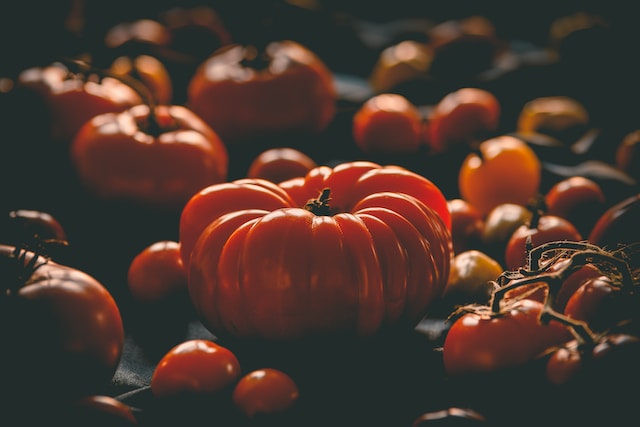Trend of Heirloom Vegetables
In the world of agriculture and cuisine, heirloom vegetables are making a remarkable comeback. These unique and diverse varieties have a rich history, offer a wide range of flavours, and play a crucial role in preserving biodiversity. As we delve into the thriving trend of heirloom vegetables, we’ll explore their historical significance, celebrate their flavours, and emphasize the importance of preserving agricultural diversity.
The Legacy of Heirloom Vegetables
Heirloom vegetables are the living artefacts of our agricultural heritage. Unlike modern hybrid or genetically modified varieties, heirlooms are open-pollinated, which means they have been passed down from generation to generation through natural pollination. Here’s why they are so significant:
Historical Roots: Heirloom vegetables have a storied past, often tracing their origins back centuries. They are a tangible link to the agricultural practices of our ancestors.
Flavour Diversity: Heirlooms come in a dazzling array of colours, shapes, and flavours. They offer an unparalleled sensory experience that modern commercial varieties often lack.
Genetic Diversity: Heirlooms are a genetic treasure trove. Their diversity can be crucial for breeding programs, helping to develop new crop varieties that are more resilient and flavorful.
Cultural Heritage: Many heirloom varieties have cultural significance, reflecting the traditions and cuisines of specific regions or communities.
Celebrating Heirloom Flavors
Heirloom vegetables are renowned for their exceptional flavours. Here are a few examples:
Brandywine Tomatoes: These large, pinkish-red tomatoes are beloved for their sweet, slightly tangy flavour and juicy texture.

Cherokee Purple Tomatoes: With a dusky, purple-brown hue, these tomatoes offer a smoky, rich flavour that is often described as earthy and fruity.
Glass Gem Corn: This dazzling, multicoloured corn variety is as beautiful as it is delicious, with a sweet and nutty flavour.
French Breakfast Radishes: These heirloom radishes have a mild, crisp texture and a peppery, slightly sweet flavour.
Moon and Stars Watermelons: Known for their dark green skin speckled with yellow “moon and stars,” these watermelons are sweet, juicy, and full of character.
Preserving Biodiversity in Agriculture
The revival of heirloom vegetables is not just a culinary trend; it’s a vital effort to preserve biodiversity in agriculture. Here’s why it matters:
Genetic Resilience: In a changing climate, the genetic diversity found in heirlooms can provide resilience against pests, diseases, and environmental stressors.
Culinary Creativity: Heirlooms inspire chefs and home cooks alike to experiment with unique flavours and shapes, fostering culinary creativity.
Cultural Heritage: Many heirlooms have cultural significance, representing the culinary traditions and identities of communities around the world.
Seed Sovereignty: Heirloom varieties empower growers to save and exchange seeds, protecting seed sovereignty and local food systems.
Conclusion
Heirloom vegetables are a testament to the rich tapestry of agricultural history, a celebration of flavour diversity, and a vital force in preserving biodiversity. As you savour the unique tastes and shapes of heirlooms in your meals, remember that you’re not just enjoying delicious produce—you’re contributing to a movement that honours our past, enriches our present, and safeguards the agricultural diversity essential for our future. So, embrace the thriving trend of heirloom vegetables, and let their flavors and stories inspire your culinary journey.

